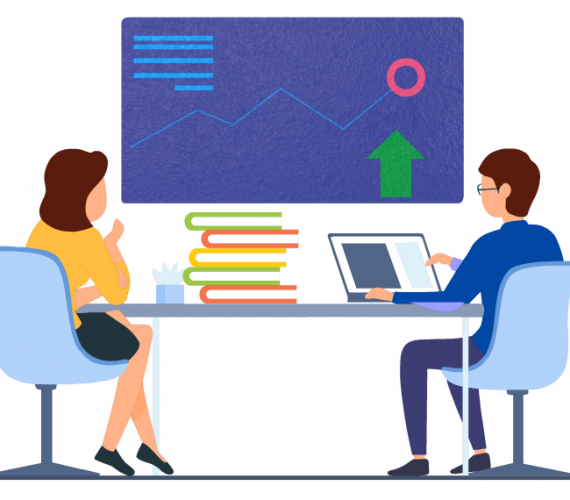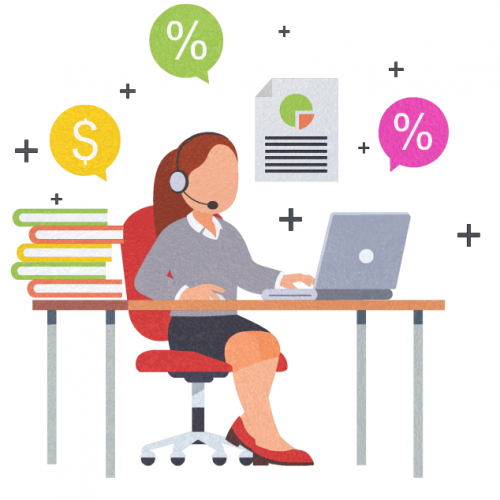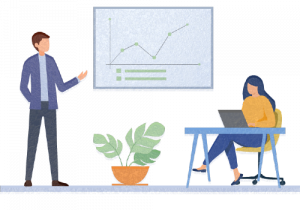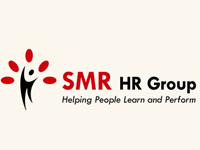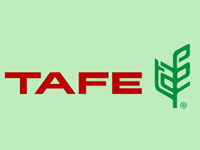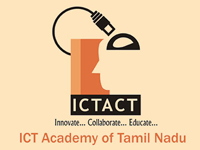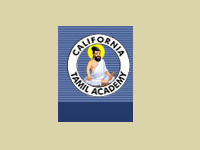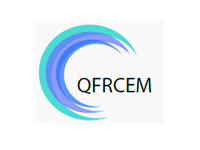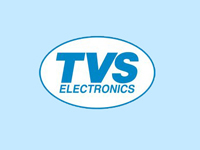Core Function of an LMS
“An LMS enables you to create, manage, and deliver e-learning courses, as in the same way a word processor (like Microsoft Word) helps you to write documents, and email server (like Gmail) helps you to manage your email. Let's look at each of these words for a better understanding of the LMS definition.”
L - Learning
because you use it to deliver training courses and programs
M - Management
because it helps you organize these courses
S - System
because you do everything online and keep all data in one place
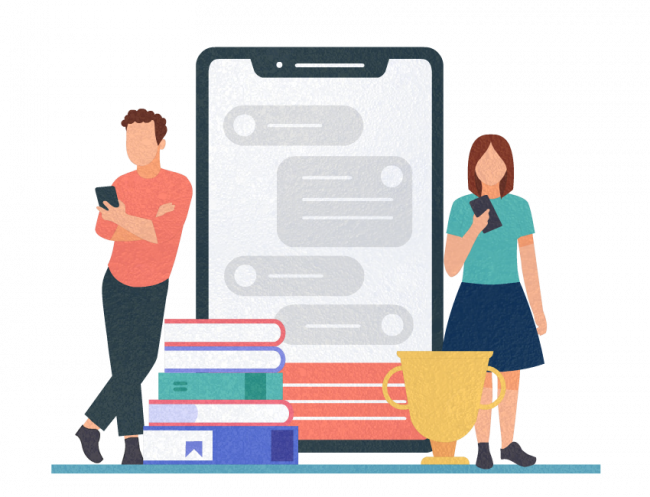
Components of an LMS

A Learning Management System consists of two parts:
1. Admin interface
Where a training manager perform the important role to function back-office tasks like administrative and support work in order to organize their company’s learning programs. There the admin create, manage and deliver courses. Add learners, analyze, learn, reports, automate notifications, etc.
2. User interface
That runs inside the browser (like Gmail or Facebook). This is what learners see when they enroll or are assigned to a course.So, what is the actual function of an LMS?
An LMS helps you to:
Create: Develop online lessons or elearning content. You can also make several lessons into modules and several modules into courses.
Deliver: Assign, offer or sell courses to employees, partners, customers, or a large number of audience.
Monitor: Enroll and manage your learners or participants. You can also track and assess their performance.
Our LMS Main Features
It is important that you know what features are available in an LMS that provide a better learning experience for your audience.
These LMS features are:
- Branding and/or customization of the LMS user interface
- Integration with third-party systems and sharing information through eLearning standards such as SCORM and xAPI
- Hosting webinar and virtual training sessions to enable large number of students to participate in learning
- Option to sell your courses and integration with payment processors, such as PayPal and Stripe
- Gamification options like rewards, stars, badges to encourage the learners and to have an internal competition among them by giving ranks
- Addition of your own custom scripts and plugins, based on a publicly available and well-documented API
- Mobile-friendly designs to support smartphones and tablets; also enable learners to study in offline which is one of the most sought after LMS training capabilities
Why our LMS is best for you?
White House Business Solution offers you the best LMS with all the advanced features to grow your business in the right path.
There are flexible plans to help you choose according to the needs and structure of your organization.
- We provide flexible plans according to the needs and structure of your organization
- We deliver your customized LMS in less time and easy to maintain
- We offer technical support as well to help with your work in LMS.
- We understand each individual customer’s need and give them the best training experience.
- Other than training organizations, we also support financial, consulting, non-profit and government organizations.
